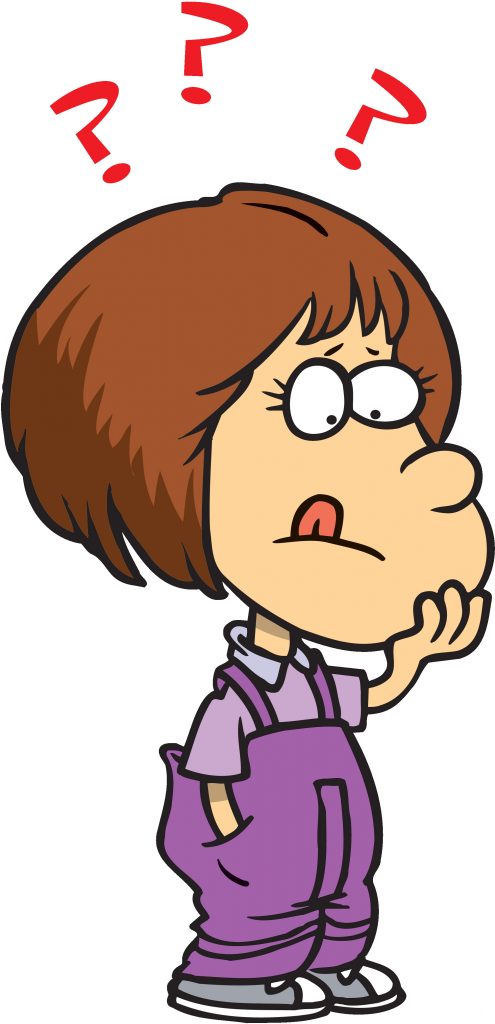
What happens once in a lifetime, twice in a moment, but never in one hundred years?

What happens once in a lifetime, twice in a moment, but never in one hundred years?
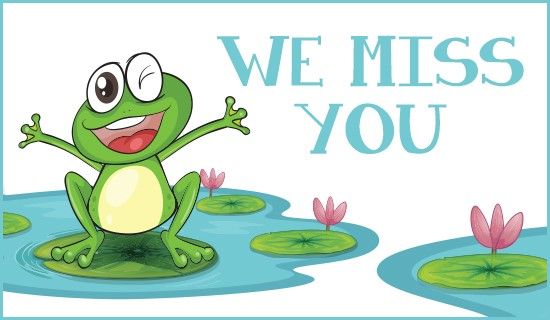
https://spark.adobe.com/video/g7Cg4J3GDs5nw
Click on the link above to see how much the staff in St. Peter’s miss the children and the school.
This week, Senior Infants were given a ‘magic’ art challenge. For this challenge they needed 2 sheets of kitchen roll and markers. See if you can do it at home! Here are the instructions:
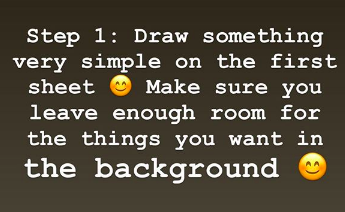
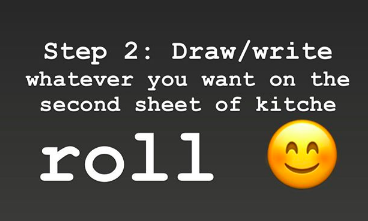
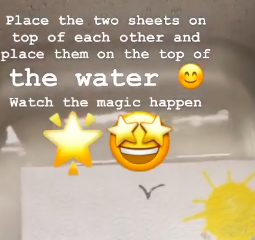
Credit:https://www.instagram.com/muinteoirniamh_infants/?hl=en
Have a look at some of the amazing artwork made by Dylan and Nevaeh:
Senior Infants have been sending Miss Conway their fantastic work everyday! They have been reading and writing, solving maths problems and speaking and singing in Irish at home.
On top of all of that hard work, our senior infants have found some other ways to have fun at home. Let’s have a look at what they’ve been up!



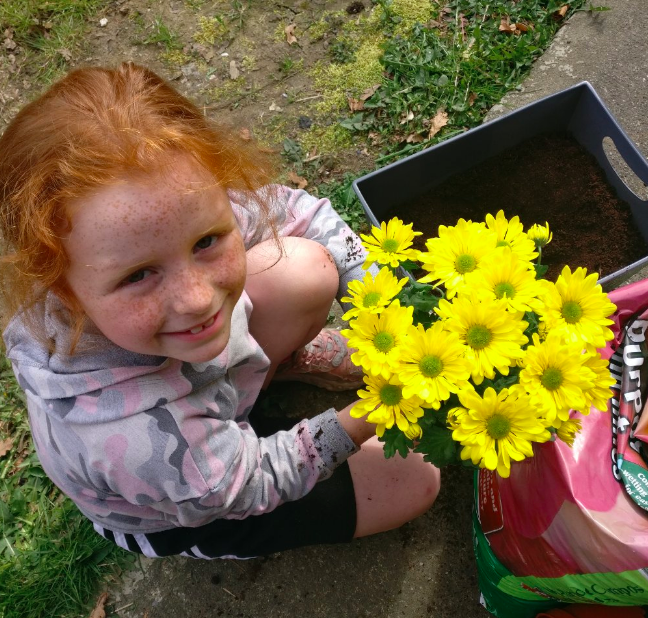
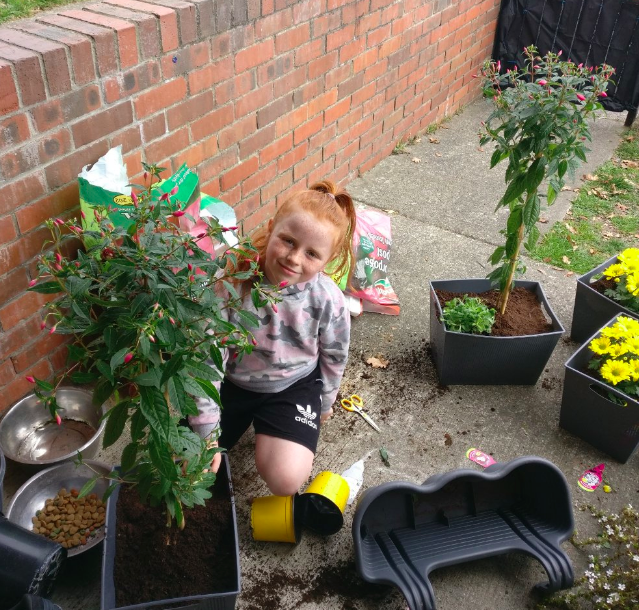
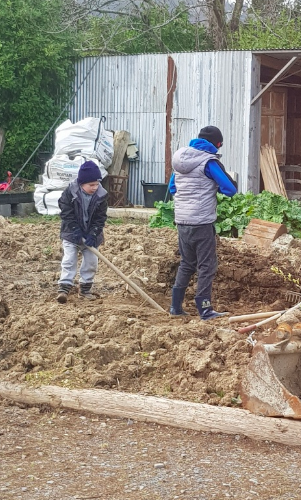

We had caterpillars in our class that turned into butterflies …. here are some of our butterfly drawings!
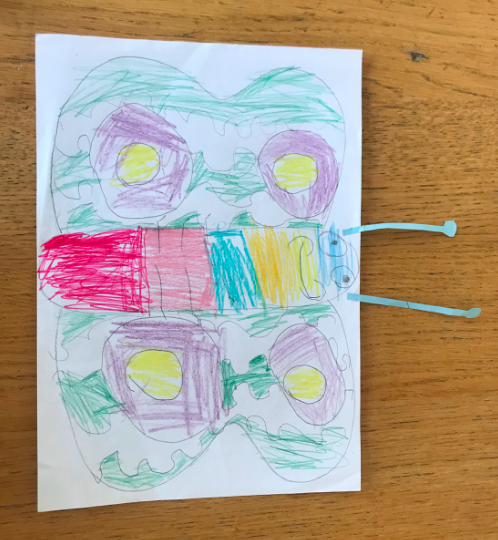
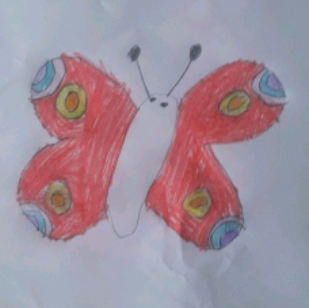
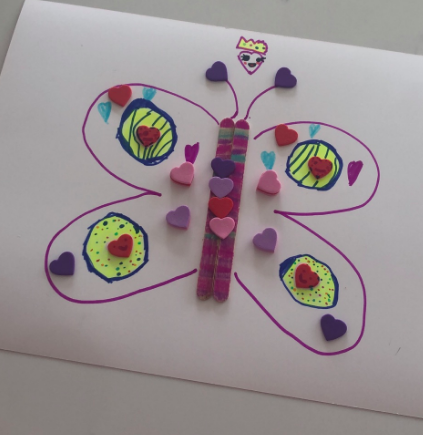
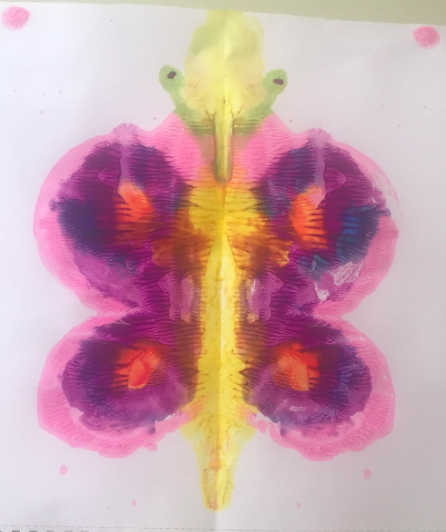
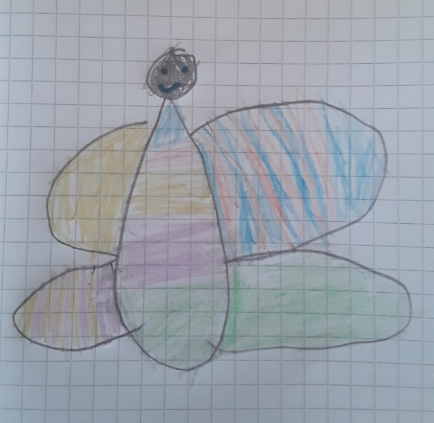
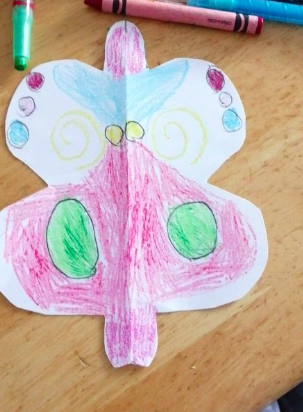
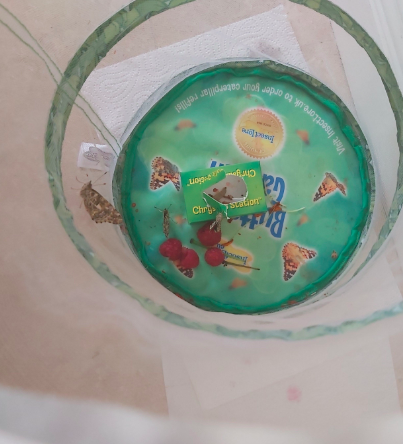
Corey was busy at home making his own amazing WWE heavyweight champion belt! He also built a wrestling ring for his wrestlers!
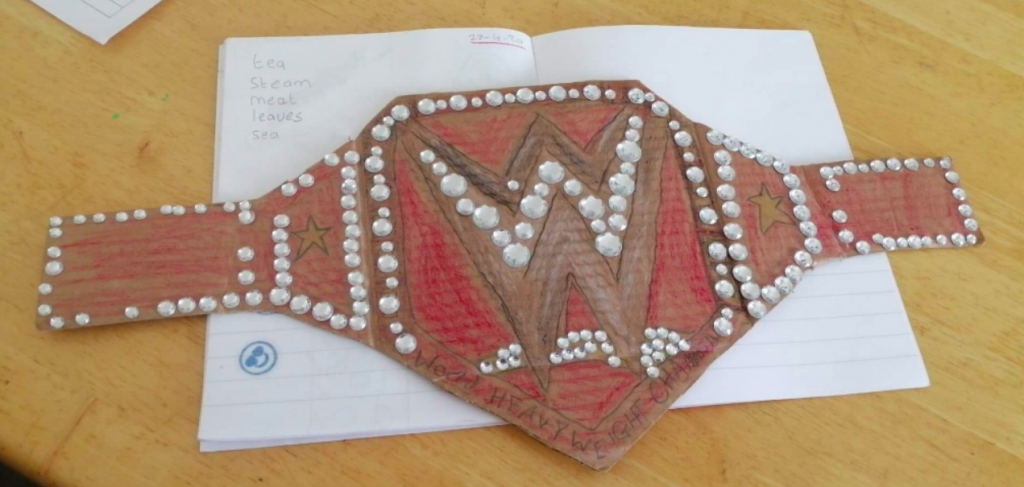
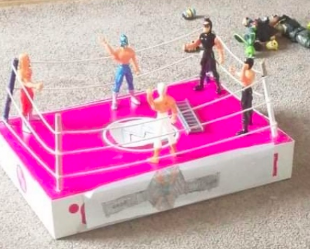
Senior Infants made some gorgeous Easter eggs at Easter!
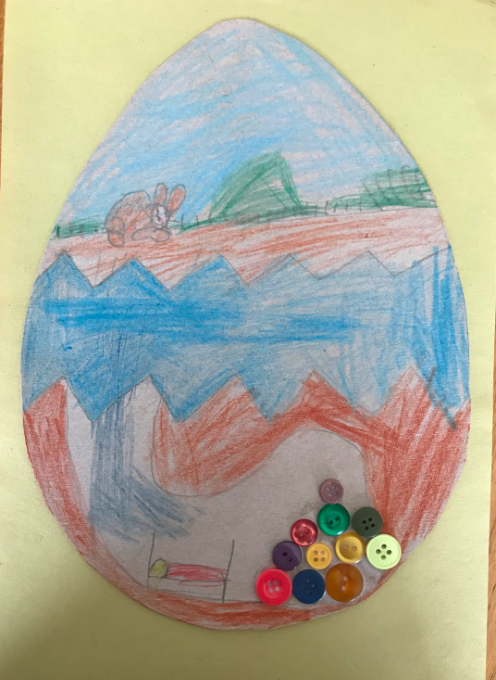
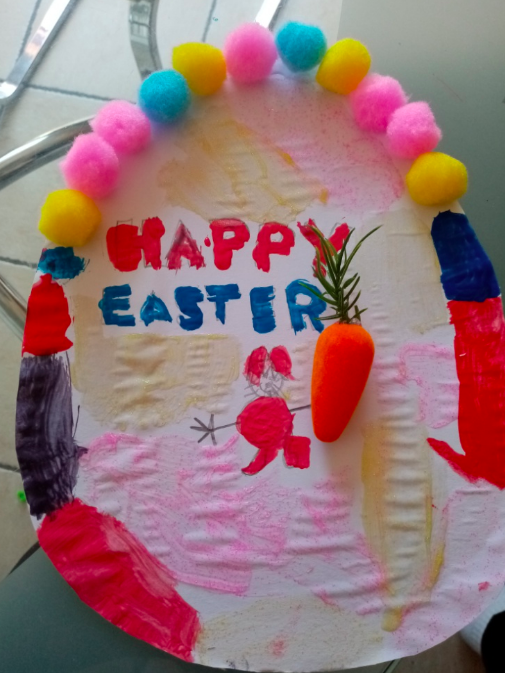
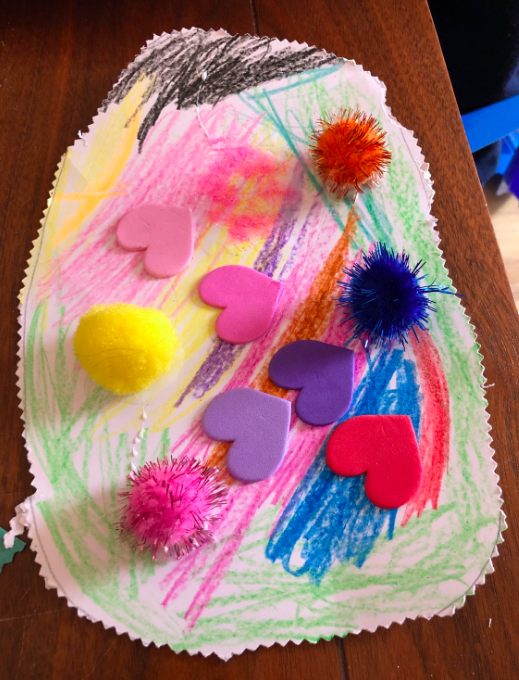
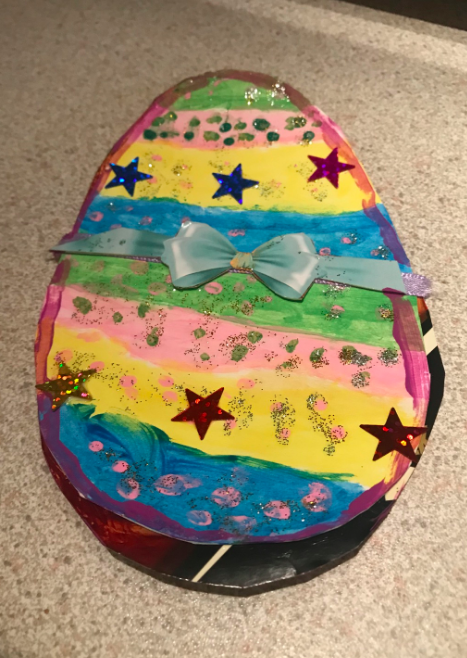
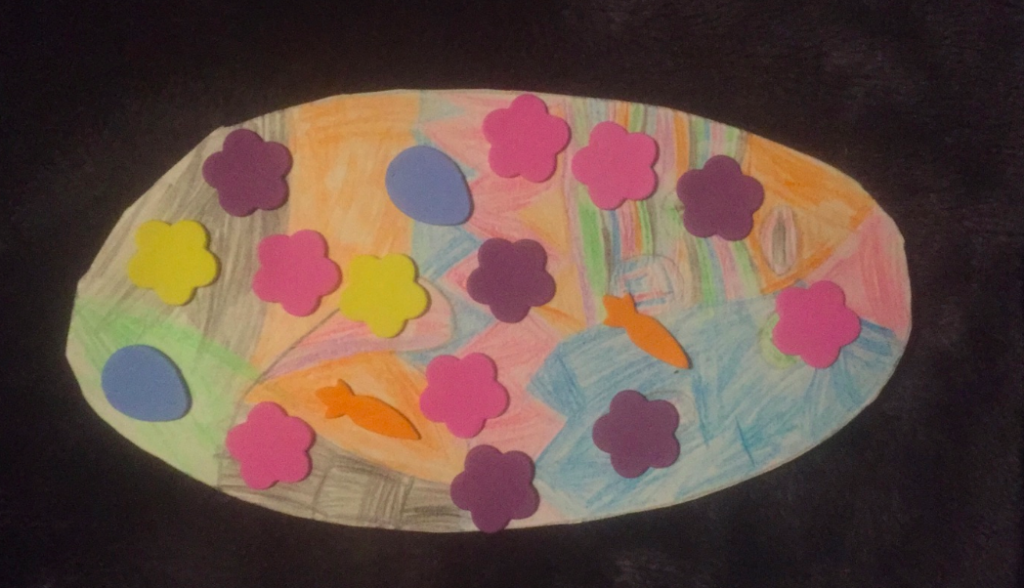


Before lockdown, Jamie got to feed the deer at Phoenix Park! Him and Taylor also saw each other on Bray Head! 

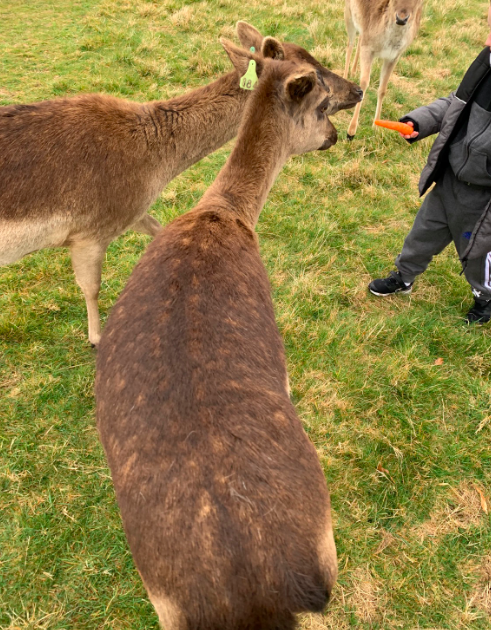
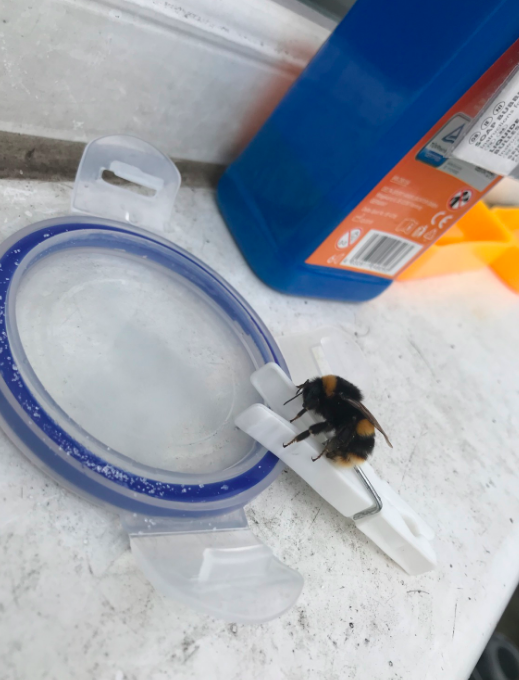
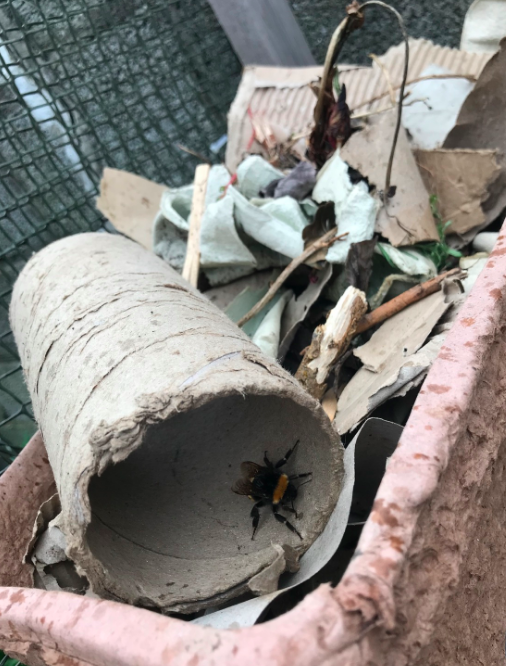
This week is Active Home week and we’re encouraging all of our students to get active and stay active at home! You can find more information on Active Home Week here. Paddy has another great video full of games and ideas for activities – thanks to his helper Bethany too!
Let us know in the comments how you’re keeping active at the moment!